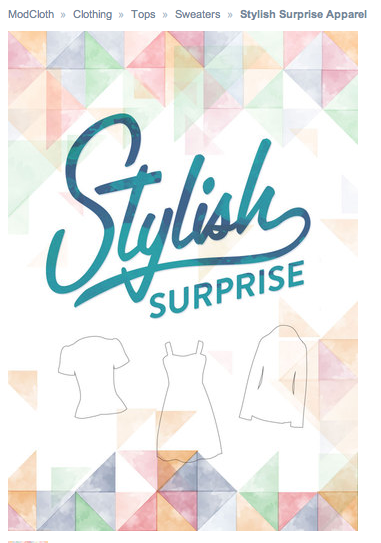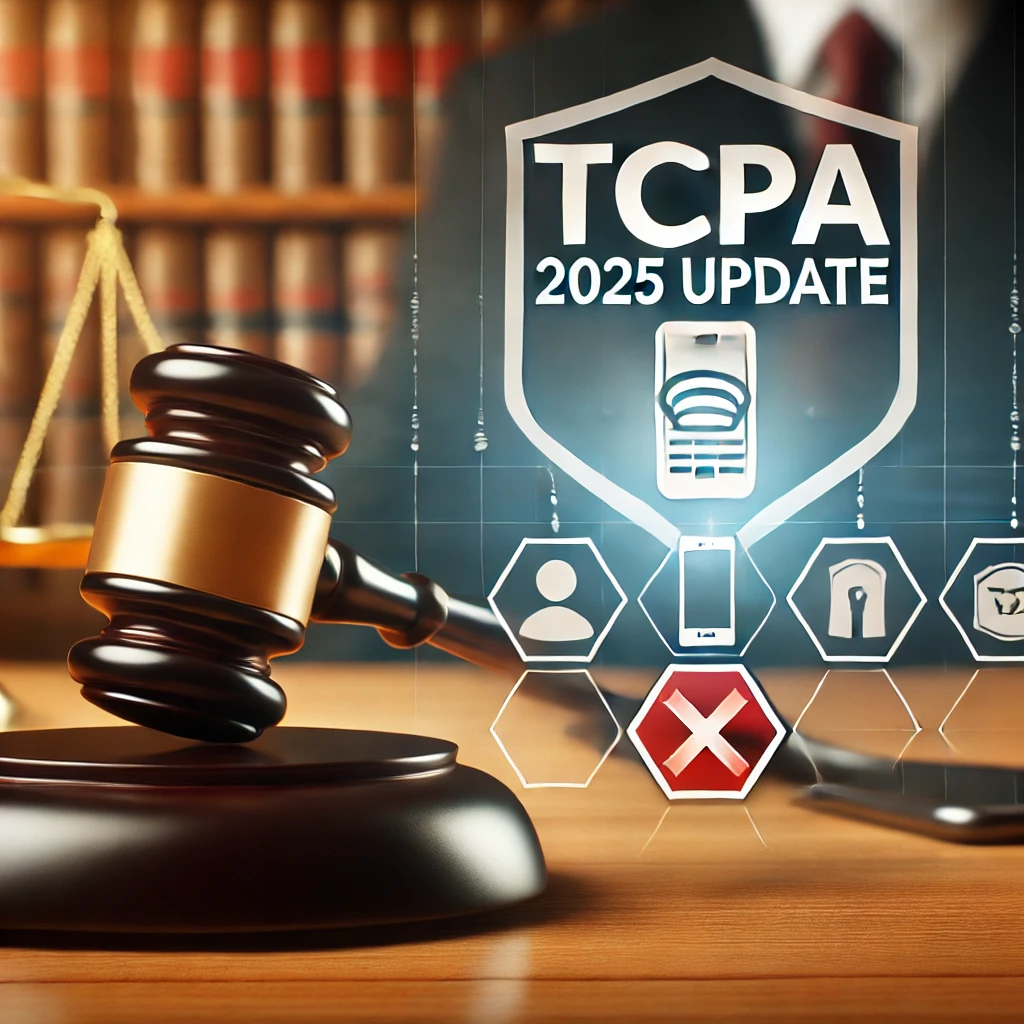
The Power of Surprise as a Marketing Tool
Do you like surprises? Well, here’s a good one for you: A recent article by Scott Redick in the Harvard Business Review suggests that the element of surprise is the most powerful marketing tool of all.
Now we’re not talking about scaring the bejesus out of your customers, but rather, using your content and features to create a surprise through mediums like email or social media marketing. All our attention on analytics and metrics, writes Redick, “certainly make[s] our profession more efficient. But they also can make brands less exciting and surprising. With all of this information at our disposal, we risk robbing brands of opportunities for serendipity — the delightful surprises that happen when we least expect them, attracting the attention of consumers.”
In Redick’s opinion, surprise is the most powerful marketing tool because:

According to Redick, scientists at Emory and Baylor used MRIs to measure changes in human brain activity, and the study “suggests that people are designed to crave the unexpected.” Redick gives Birchbox, the successful subscription beauty product mystery box as an example, proving that business models can be built around this insight. One of our personal favorite mystery addictions in the retail world is ModCloth’s stylish surprise grab bags. For $15, you could snag anything from a skirt, to a dress or a cute coat worth up to $300. The surprise grab bags are only available at random and sell out immediately in nanoseconds!
Surprise induces change in behavior
“Surprise introduces us to new stimuli, which we must then reconcile with shifts in our beliefs and behavior,” writes Redick. Training the mind to think in terms of desired consumer behavior can help unlock innovative strategies. “When developing an advertising campagin, we are often too focused on the question, ‘what do we need to say?’ Instead, we should focus on the question of ‘What expectations do our customers and prospects hold, and how can we turn those on in their head?’” says Redick.
Surprise spikes emotions
Surprise isn’t an emotion, but rather an emotion enhancer. Redick explains, “The interesting thing about surprise is that it appears to amplify whatever you’re feeling. When we’re surprised and angry, we’re outraged. Remember what happened when Netflix raised subscription prices without warning? Combine happiness with surprise, and you hit the upper register of the feeling-good scale.” Redick gives Zappos as an excellent example of a company successfully combining happiness with surprise. The online shoe retailer goes to great lengths to deliver shoes before they’re promised, hence customers are not only surprised by the early arrival of their purchase, but delighted.
Surprise creates passionate relationships
Similar to a relationship with a loved one, the element of surprise with your customers can spice things up. Redick explains that “one experiment conducted among middle-aged married couples found that engaging in less common, but more ‘exciting’ activities like skiing or dancing led to greater marriage satisfaction that pursuing activities that are more common and ‘pleasant,’ like seeing a movie or cooking together.” Just as married couples reacted favorably to unexpected or exciting events, a client, customer or business partner will also be drawn to an unexpected or surprising pitch – provided it’s in line with the business relationship.
The technical and analytic aspects of social media and email marketing are extraordinarily important, but if you’re looking for new ways to stand out, or to reignite a spark with some of your long-term business relationships, don’t be afraid to try something new, daring, or even surprising. When used effectively, surprise truly can be the most effective marketing tool.
What is an example of a time that a marketing effort has surprised you, and how do you remember reacting?
© 2013, Contributing Author. All rights reserved.



